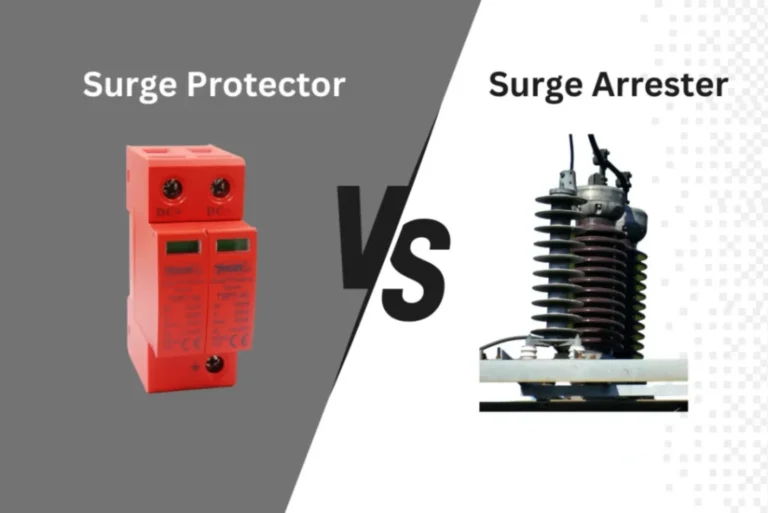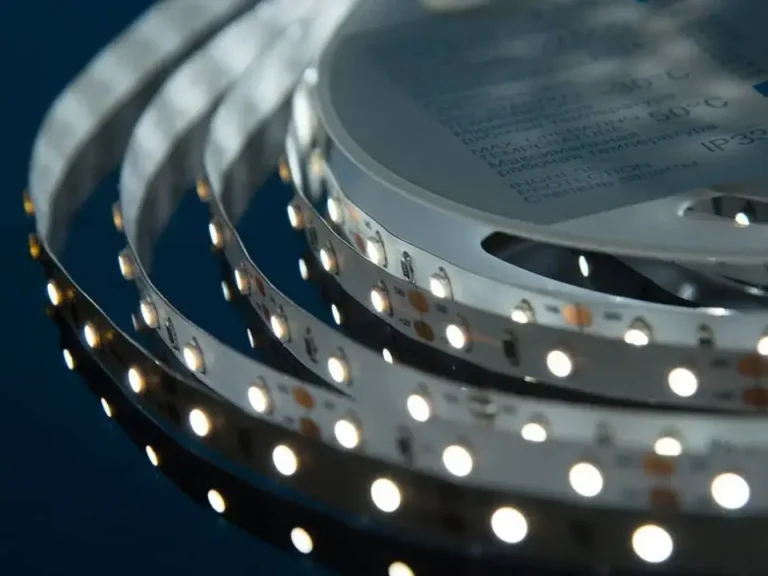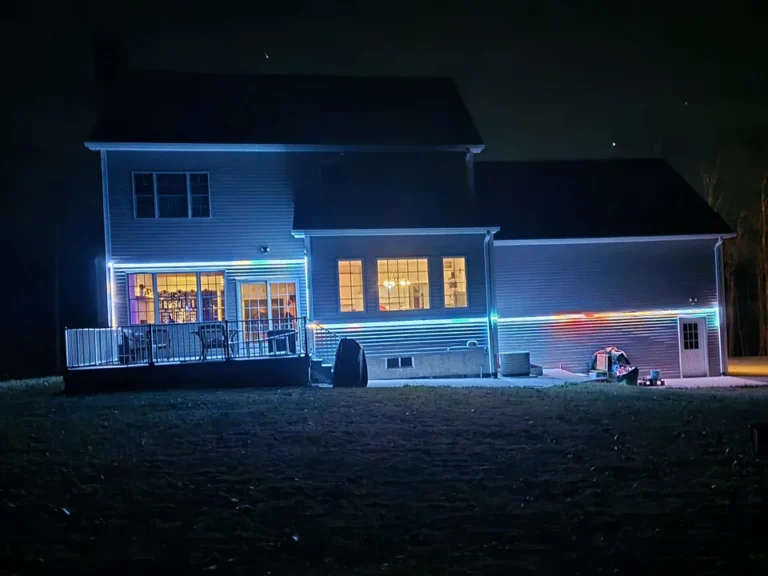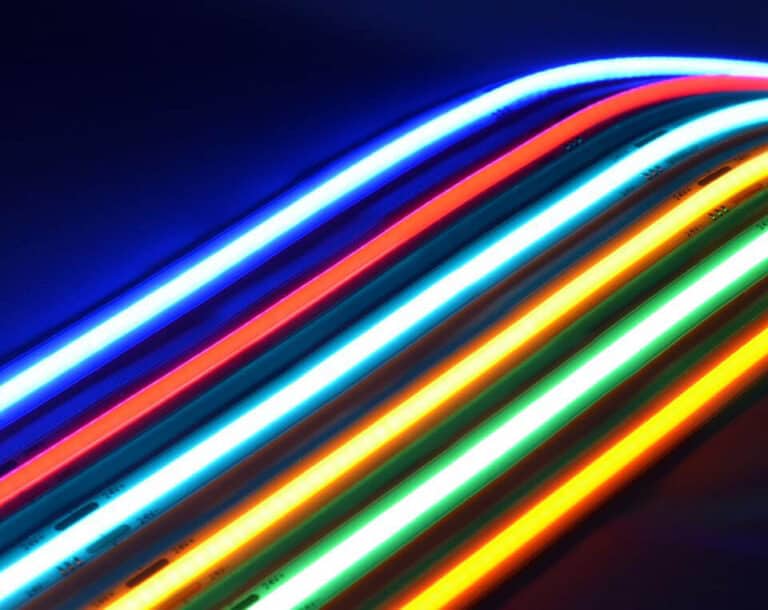LED neon ışıklar, esneklikleri ve canlı görsel etkileriyle mimari aydınlatma, ticari dekorasyon ve tabela projelerinde yaygın olarak kullanılmaktadır. Bununla birlikte, neonun gerçek boyutları nominal özelliklerden önemli ölçüde farklı olduğunda, ciddi kurulum zorlukları yaratabilir. Bu sorun, istemcilerin kesinlikle belirtilen boyutlara göre kurulum yuvaları hazırladığı projelerde daha da kritik hale geliyor. Sadece birkaç milimetrelik bir uyumsuzluk, zayıf oturmaya, görünür boşluklara ve hatta yapısal uyumsuzluğa yol açabilir. Bu nedenle, ekstrüzyon sürecinin doğasında var olan ekstrüzyon toleransı, profesyonel LED neon uygulamalarında ürün tutarlılığı ve sorunsuz kurulum sağlamada çok önemli bir rol oynar.
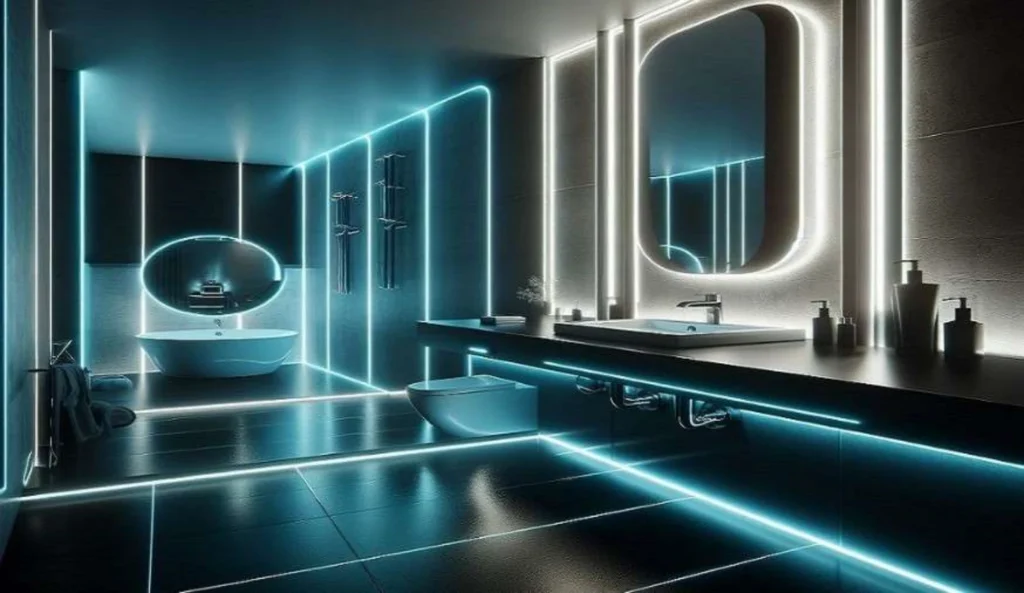
LED neon ışıkların neden boyutsal toleransları vardır?
Malzeme özellikleri
boyut toleransını etkileyen en temel faktör LED neon ışıkları hammaddedir. Esnek neon profiller tipik olarak, her ikisi de termal genleşme ve büzülmeye maruz kalan silikon veya PVC'den yapılır. Üretim sırasında veya daha sonra uygulamada hafif sıcaklık değişiklikleri bile ekstrüzyonun genişliğinde, yüksekliğinde veya eğriliğinde değişikliklere neden olabilir. Malzeme sertliği veya partiler arasındaki formülasyondaki farklılıklar, aynı zamanda tutarsız boyutlara da yol açabilir ve malzeme stabilitesini tolerans kontrolünde kritik bir unsur haline getirir.
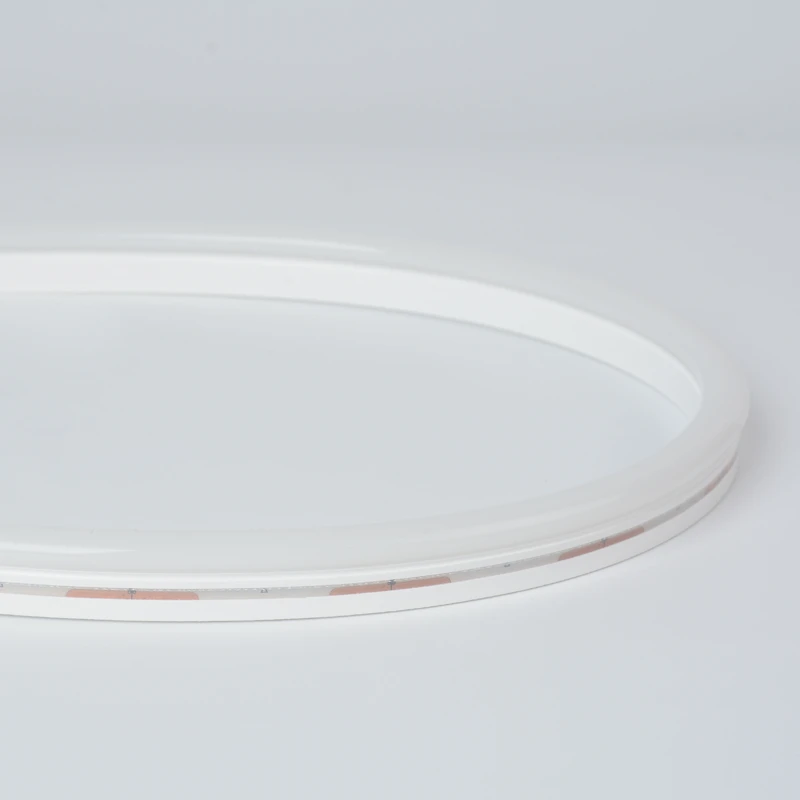
silikon neon ışık
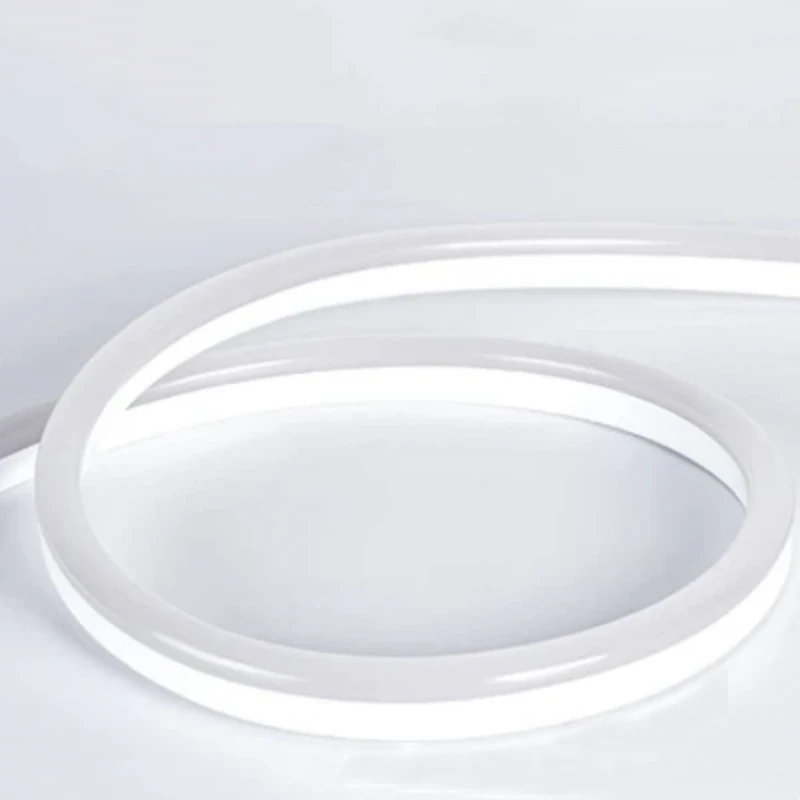
PVC Neon Işık
Ekstrüzyon Süreci Kontrolü
Ekstrüzyon sürecinin kendisi, boyutsal varyasyonun bir başka önemli kaynağıdır. Hassasiyet, ekstrüzyon kalıbının doğruluğuna ve ayrıca sıcaklık, basınç ve ekstrüzyon hızının tutarlılığına bağlıdır. Örneğin, soğutma koşulları kararsızsa (örneğin, tutarsız su soğutması veya hava akışı gibi) profil eşit olmayan şekilde küçülebilir veya deforme olabilir. Bu küçük sapmalar birikebilir ve bu da belirtilen tolerans aralığının dışında kalan nihai bir ürünle sonuçlanır.
Üretim parti değişkenliği
Aynı kalıp ve malzeme ile bile, boyutsal tolerans üretim partileri arasında değişebilir. Makine kalibrasyonu, operatör ayarlamaları ve nem gibi çevresel koşullar gibi faktörler sonucu incelikle etkileyebilir. Büyük üretim hacimlerinde, bu varyasyonlar LED Neon'un montaj kanalları ve aksesuarları ile uyumluluğunu doğrudan etkileyebilir.
Fiyat ve maliyet baskısı
Genellikle gözden kaçan bir diğer faktör de fiyatlandırmadır. Son derece rekabetçi pazarlarda, bazı düşük maliyetli tedarikçiler, malzeme kalitesinden ödün verebilir veya maliyetleri düşürmek için üretim adımlarını azaltabilir. Daha ucuz silikon, geri dönüştürülmüş PVC veya daha az hassas ekstrüzyon ekipmanı kullanmak kaçınılmaz olarak boyutsal varyasyonu artırır. Ön fiyat cazip olsa da, kötü montaj, düşük kullanım ömrü ve daha yüksek bakım maliyetleri gibi uzun vadeli risk, profesyonel projeler için bu tür tavizleri maliyetli hale getirir.
LED Neon Ekstrüzyon için Ortak Tolerans Aralığı
Endüstri Tolerans Standart
LED neon endüstrisinde, güvenilir bağlantı ve tek tip görünüm sağlamak için genellikle küçük bir marj içinde ekstrüzyon toleransı tanımlanır. Çoğu üretici, profilin boyutuna ve şekline bağlı olarak ±0,3 mm ile ±1,0 mm arasında bir boyutsal tolerans benimser. Tek bir küresel standart olmasa da, bu aralıklar genel olarak mimari ve tabela uygulamalarındaki profesyonel projelerde kabul edilmektedir.
Işık emisyon türleri arasındaki farklar
Tolerans gereksinimleri, farklı emisyon yapılarına göre de değişebilir. Önden yayan neon, görünür yüzey doğrudan aydınlatma tekdüzeliğini etkilediğinden, yan yayan neon ve üst bükme türleri, yapısal esneklik nedeniyle biraz daha geniş tolerans sağlar. 270° veya 360° yayan neon gibi daha büyük kapsama profilleri, ekstrüzyon sırasında daha yakından izleme gerektirir, çünkü boyutsal kaymalar hem ışık dağılımını hem de kurulum kararlılığını etkiler.
Neon boyutuna ve türüne göre tipik tolerans aralıkları
| LED Neon Tipi | Ortak boyut (W×H veya Dia.) | Tipik ekstrüzyon toleransı |
| Mini neon (ince) | 4×8 mm | ±0,3 mm |
| Mini yan yayan neon | 6×12 zapp | ±0.4 mm |
| Standart önden yayan | 8×16 mm | ±0,5 mm |
| Standart yan yayan | 10×20 mm | ±0,5 mm |
| en bükücü neon | 12×20 mm | ±0,5 mm |
| Geniş önden yayan neon | 12×25 mm | ±0,6 mm |
| 270° yuvarlak neon | Ø16 mm | ±0,6 mm |
| Büyük 270° Neon | Ø20 mm | ±0,8 mm |
| 360° Esnek Neon (Küçük) | Ø15 mm | ±0,5 mm |
| 360° Esnek Neon (Büyük) | Ø25 mm | ±1.0 mm |
Boyut toleransı neon uygulamalarını nasıl etkiler?
1. Kurulum Zorlukları
LED neon ışıkların ekstrüzyon toleransı iyi kontrol edilmediğinde kurulum sorunlu hale gelir. Hafif boyutsal değişiklikler bile profilin alüminyum kanalların veya montaj yuvalarının içinde çok sıkı veya çok gevşek olmasına neden olabilir. Bu genellikle yerinde montaj sırasında görünür boşluklara, eşit olmayan hizalamaya veya artan işçiliğe yol açar. Büyük ölçekli mimari projeler için, sorunsuz kurulum sağlamak ve yeniden çalışmayı azaltmak için tutarlı boyutlar gereklidir.
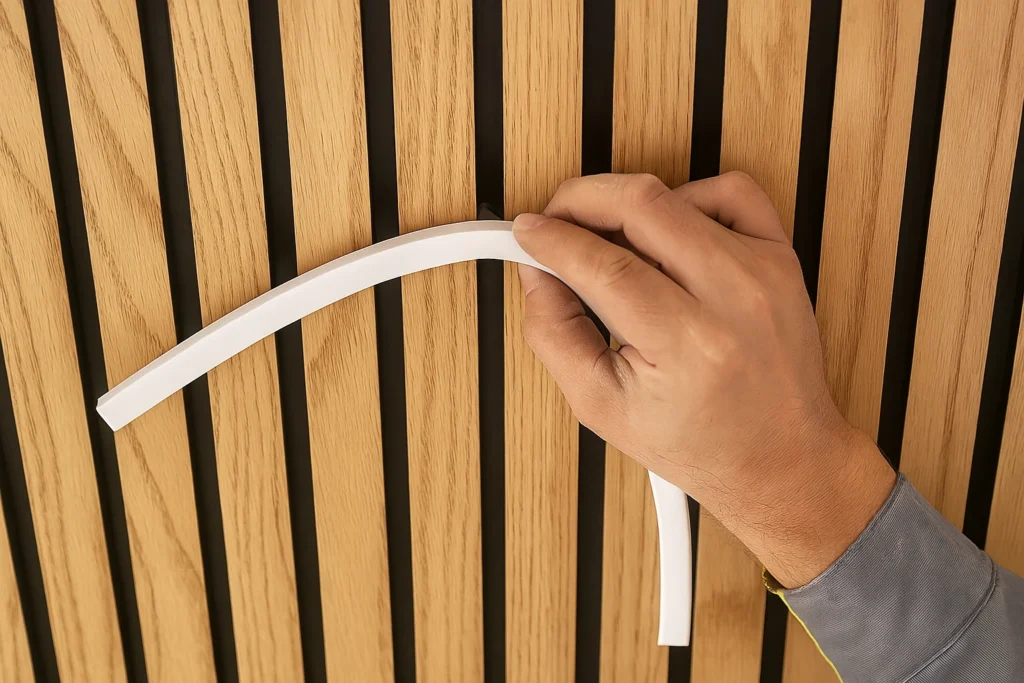
2. Işık tekdüzeliği üzerindeki etki
Ekstrüzyon toleransı, ışık çıkışının tekdüzeliğini de etkiler. Silikon veya PVC kapsülleme kalınlığındaki değişiklikler, daha parlak veya daha sönük görünen alanlara neden olarak tutarsız difüzyona neden olabilir. Önden yayan neonda, bu düzensiz ışık dağılımı özellikle göze çarpar ve kurulumun genel görsel kalitesini azaltır.
3. Su geçirmezlik derecesi ve güvenilirliği
Tolerans sorunları, LED neon ürünlerinin su yalıtımını ve uzun vadeli güvenilirliğini daha da etkiler. Profil boyutları belirtilen aralıktan saparsa, uç kapaklarının, konektörlerin veya bağlantıların etrafını kapatmak tam olarak etkili olmayabilir. Bu, IP derecesini tehlikeye atar ve ürünün hizmet ömrünü kısaltan ve dış mekan uygulamalarında arızalara neden olabilecek su girişi riskini artırır.
LED Neon Işıklarında Tolerans Sorunlarını Nasıl Kontrol Edilir ve Çözülür
1. Üretim süreci optimizasyonu
Ekstrüzyon toleransını azaltmanın ilk adımı, üretim sürecinin hassas kontrolüdür. Yüksek hassasiyetli kalıplar, kararlı ekstrüzyon hızı ve uygun sıcaklık düzenlemesi, tutarlı boyutların korunmasında hayati bir rol oynar. Ekstrüzyon ekipmanının düzenli bakımı ve kalibrasyonu daha da doğruluğu sağlar.
2 Kalite kontrol önlemleri
Sıkı kalite kontrol eşit derecede önemlidir. Üreticiler, ekstrüzyon sırasında hat içi izlemeyi uygulamalı ve bitmiş LED neon ışıklar üzerinde son boyutlu incelemeler yapmalıdır. Tolerans verilerini kaydetmek, trendleri tespit etmeye ve kusurlu partilerin müşterilere ulaşmasını önlemeye yardımcı olur.
3. Proje Tasarımı ve Kurulum Konuları
Proje perspektifinden bakıldığında, tasarımcılar ve montajcılar, yuva boyutlarında, alüminyum kanallarda ve aksesuarlarda tolerans marjlarına izin vererek riskleri en aza indirebilir. Ekstrüzyon varyasyonları göz önünde bulundurularak planlama, yerinde kurulumun daha sorunsuz olmasını sağlar ve beklenmeyen ayarlamaları azaltır.
4. Güvenilir bir tedarikçi seçmek
Son olarak, LED neon ekstrüzyon toleransı konusunda kanıtlanmış uzmanlığa sahip bir tedarikçi seçmek çok önemlidir. Gelişmiş ekipman, sertifika ve güçlü bir kalite sistemine sahip profesyonel üreticiler, proje sahiplerine uzun vadeli performans konusunda güven veren daha istikrarlı ürünler sunar.

Sonuç: Profesyonel LED Neon Projelerinde Tutarlılığı Sağlamak
Boyutlu tolerans, LED neon ışık üretiminde kaçınılmaz bir faktördür, ancak doğru malzemeler, sıkı ekstrüzyon kontrolü ve profesyonel kalite yönetimi ile etkili bir şekilde en aza indirilebilir. Mimarlar, tasarımcılar ve müteahhitler için güvenilir bir tedarikçi ile çalışmak, sorunsuz kurulum ve uzun vadeli performans sağlamanın anahtarıdır.
At SignliteLED, tüm neon ekstrüzyonumuzda yüksek dereceli füme silikon kullanıyoruz, endüstri tolerans standartlarını tam olarak karşılayan istikrarlı boyutlar sağlıyoruz. Projeniz benzersiz boyutlar veya daha sıkı toleranslar gerektiriyorsa, ekibimiz tam özelliklerinize uygun özel çözümler sağlayabilir. Gereksinimlerinizi tartışmak ve profesyonel uygulamalar için özel olarak tasarlanmış yüksek kaliteli LED neon ışıkları güvence altına almak için bugün bizimle iletişime geçin.
